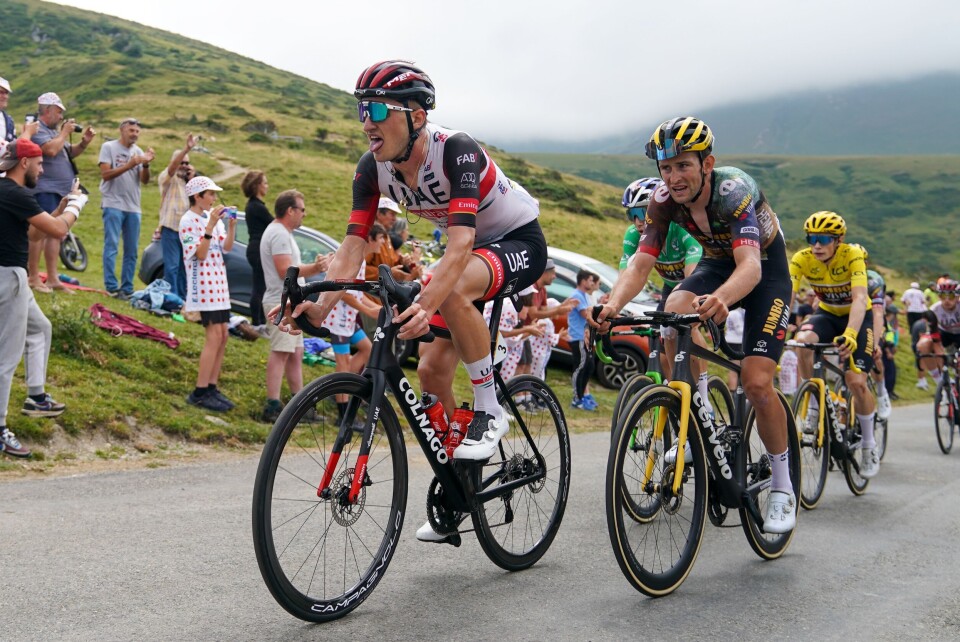Learning French: rouler en chasse-patate and more Tour de France expressions
The 100-year-old annual bicycle race has long-standing traditions and even its own vocabulary
How many of these Tour de France phrases do you know?
Gil Corzo | Shutterstock
The Tour de France - la Grande Boucle - is back!
The 2025 edition of this legendary cycling event will begin near Lille on July 5. The race will pass through different French regions including Normandy, Brittany, and the Alps and Pyrénées mountain ranges, before the final stage – held on July 27 – which will see the finish line return to the Champs-Elysées.
Read more: Tour de France 2025 route revealed: will it pass near you?
We look at seven, sometimes more unusual, French terms and references that can better help you understand the Tour de France.
Le peloton
We will start with le peloton, the main pack of riders. This dates back to the 1600s when it was used to refer to a small body of soldiers.
By the 1850s it had developed into a group of sporting competitors and shortly after it became exclusively used for cyclists.
Rouler en chasse-patate
If you are riding between two groups, the breakaway leaders and the peloton, you are on a potato hunt, rouler en chasse-patate.
La danseuse
If you are trying to gain ground while on a steep ascent then the chances are you are doing la danseuse - pedalling standing up.
Read also: Letters: Le Tour de France is more about big business than national identity
Les domestiques
While team captains might be the stars of the show, their team-mates are described as mere servants, domestiques, support riders whose main aim is to protect their leader from the competition and help him conserve energy for vital moments in the race.
À bloc / une échappée
If you are riding all out, as hard and fast as possible, you are going à bloc, presumably to break away from the rest of the group, une échappée (literally an escape).
Maillot jaune / vert / blanc / à pois
Then there are the jerseys with the most coveted being the maillot jaune (worn by the overall tour leader).
The maillot vert belongs to the best sprinter, the maillot blanc for the best rider under 25 and the stand-out fashion item on any race, the very fetching maillot à pois (polka dots) for best climber.
La lanterne rouge
However, there is also recognition for the rider who comes last. He is la lanterne rouge, followed not too far behind by the broom car.
Read more: Dates of key sporting events in France in 2025
Read more: Tour de France men’s race to begin in Edinburgh in 2027
Read more: Comment: Le Tour de France does not export the best of French values






























